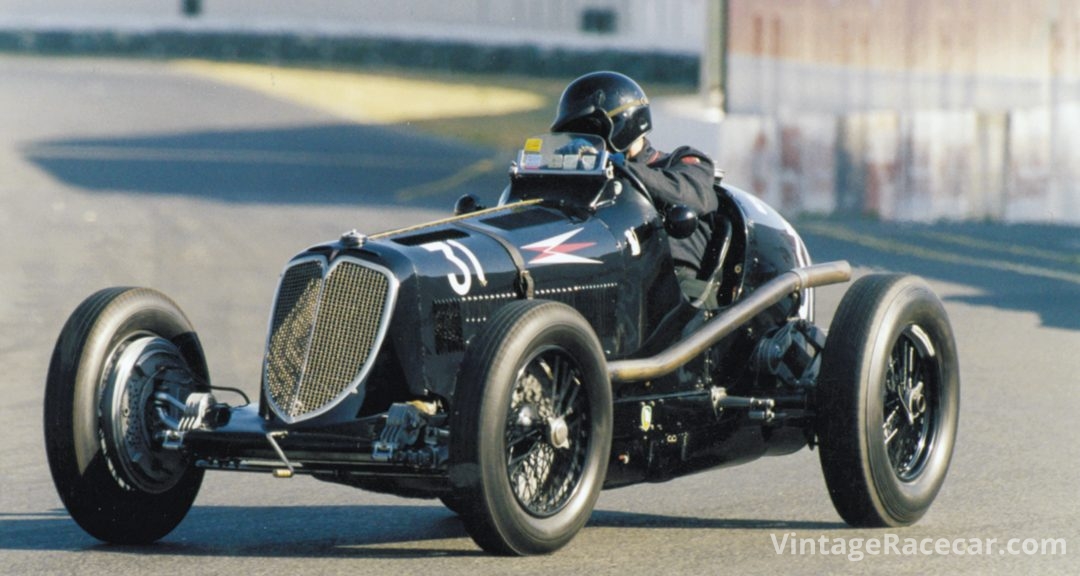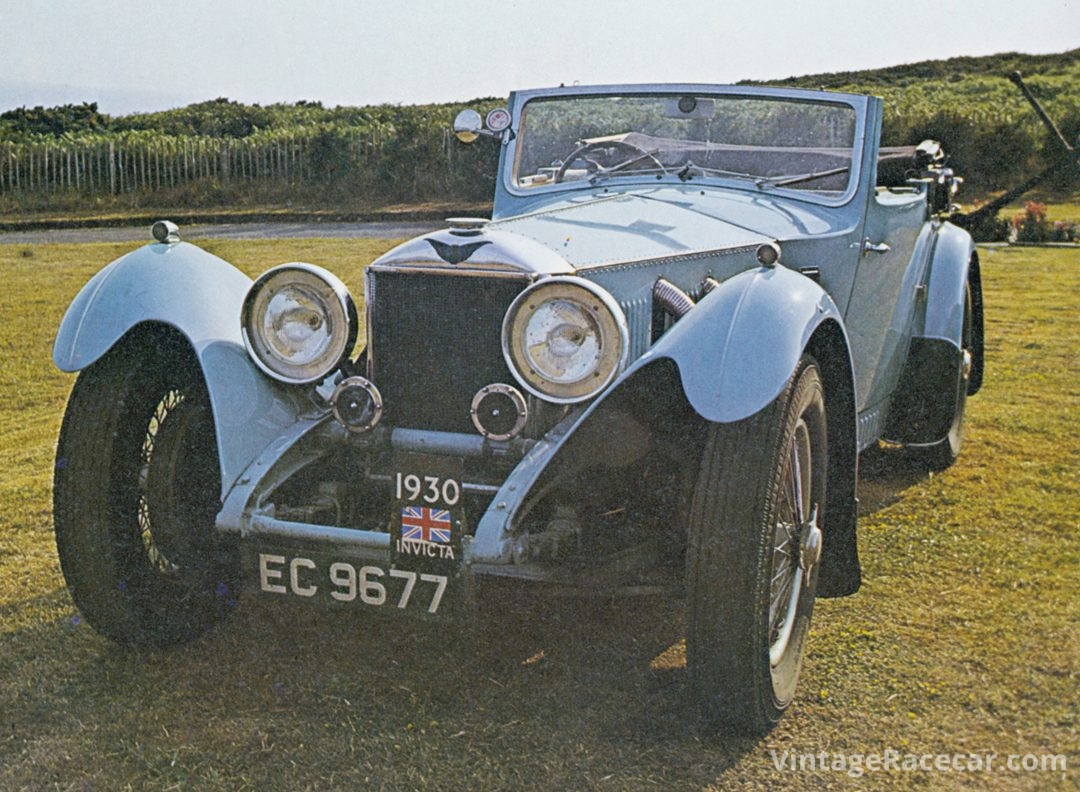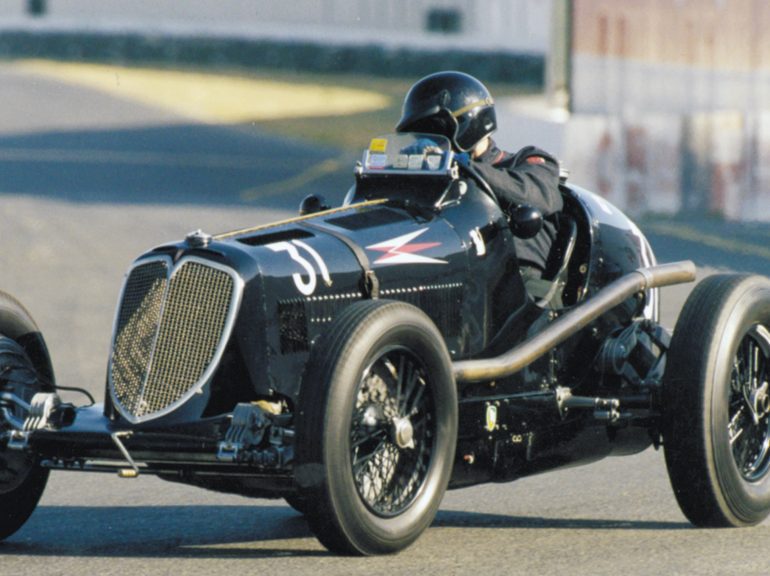From the very beginning of the automobile, man built cars to compete with a passion for speed and technology. These early innovators are in an elite club with their place in automotive history guaranteed as the creators of a true classic sports car, a genuine thoroughbred.
The development of the racing sports car can be traced to specific manufacturers who, at one time in history, dominated motor racing, in particular the world’s most challenging road races, such as the Mille Miglia, Targa Florio and endurance contests such as the Le Mans 24 Hours.
The creation of an automobile which could win in international competition was usually the inspiration of one passionate man, an engineer, a genius who put all of his design and engineering skills toward his goals.
Today, these pre-war masterpieces are highly sought after by the sophisticated collector. They and their current owners are often invited to partake in the most prestigious historic racing venues world-wide—the Le Mans 24 Hour Classic, Mille Miglia Storica, Monaco Historique Grand Prix and the Targa Florio to name but a few.
Due to the age of these cars and their racing heritage, their value is determined by their originality and provenance. Old cars built up from parts are not the same as true complete survivors. In many cases, this attrition can bring the remaining total down to fewer than 10 good surviving examples of a particular model.
1933 Maserati 8CM Monoposto

Alfieri Maserati was a designer and engineer with a passion for building winning competition cars. One of the most successful designs to come out of his workshop in Pontevecchio, Bologna, Italy was the Tipo 8CM Monoposto. This magnificent Grand Prix Maserati was powered by a straight-8 supercharged engine producing 260 bhp. It was light, weighing only 750 kg. Tazio Nuvolari drove it to its first international victory in July 1933, at the Belgian Grand Prix. The 8CM chassis was developed over the next six years into the 8CTF, 6C34, and 8CL. Engine bhp increased to 350 and, ultimately, 430. It was good enough to take on the might of Alfa Romeo, Auto Union and Mercedes and had two victories at the Indianapolis 500.
1930 Invicta 4.5 Liter S-Type

Criteria Used For Assessing Valuations for this Guide:
- Degree of Originality
- Overall Condition, Restoration
- Technology, Design, Coachbuilder
- Production Numbers/Rarity
- Competition History
- Ownership History, Documentation
- Modern Event Eligibility
Regional Variances
The prices stated in this guide are based on U.S. values. The values of historic racing cars can vary as much as 25%-35% in other countries, depending on local market appeal, currency rates, import duties, and VAT. Most of the time, we are able to document known sales or closed escrows, as they say in real estate. When this is not possible, a logical estimate of the car’s value is given, based on its sales history and relationship to cars of its type.
The prices stated in this guide are based on U.S. values. The values of historic racing cars can vary as much as 25%-35% in other countries, depending on local market appeal, currency rates, import duties, and VAT.
LEVEL |
VALUATION CATEGORIES |
|---|---|
I |
The best combination of all criteria. |
II |
Satisfies mid-range of criteria. |
III |
In need of restoration. Meets only a few points of criteria |




